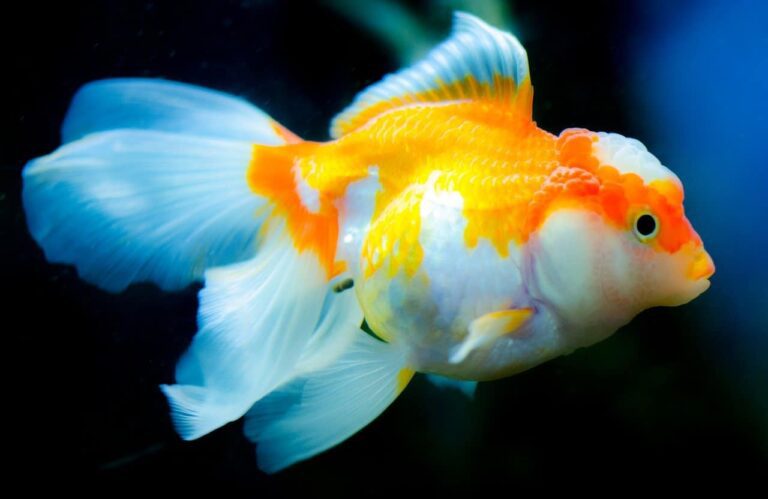Unlike many species, bettas can use their gills and a lung-like organ named labyrinth to breathe air. They depend mostly on their gills and use the special organ occasionally. But do they ever come very close to the surface water to catch air?
Bettas come up for air, and it is likely for them as they have the labyrinth to use on that occasion. There are some reasons bettas do this often. It is either oxygen deprivation, or ammonia or nitrate poisoning, and other contamination.
In this article, you’ll learn if bettas hit the surface just to get air and the reasons behind this behavior. You’ll also have relevant information on the measures to take when this particular behavior indicates a problem.

How Do Betta Breathe?
Like other anabantoids, bettas have a lung-like organ known as the labyrinth which allows them to breathe atmospheric air. Unique to them, this organ enables them to thrive in conditions where the level of oxygen is too low for most other species to survive.
That is why, bettas can stay alright in areas that are periodically flooded. Examples of such places include drainage ditches, paddy fields, large puddles, and any slow-moving streams. Presence of any type of current is not ideal for their survival.
Perhaps, you’ve seen them in very small bowls where they seem to live okay, if not very happily. It is the labyrinth that lets them live in these tough conditions.
Why Do Betta Come up for Air?
Despite all these facts in their favor, they may come up to the water surface sometimes just because they want to inhale air. If your betta swims to the surface and you are able to sense an effort to gasp for air, it is very likely that the tank lacks the amount of oxygen your betta needs.
Again, the water in the tank might become so full of unwanted matters that the betta find it really hard to accommodate with. Now that is a sign of distress.
With some betta species, you need to think from another angle that their gills are typically not good enough to meet their needs for oxygen. The fish will eventually come out to the surface and try to have gulps of breathable air. So, you don’t always have to take it as an imminent danger for your betta.
What Is Your Course of Action?
As the owner, you should always have care for your pet when it requires. The best way to start is to inspect the quality of water. You must identify why the water is not as good as it should be for your betta, and this is how one should start.
Amount of Ammonia, Nitrate, and Oxygen: Adequate or Excess?
The levels of ammonia, nitrate, and oxygen have to be within an acceptable range. Too much of these elements will only upset the balanced state of the tank and thereby jeopardize the life of your betta.
Most aquarium pets require a highly oxygenated environment, which is not the case with your betta as they can gather oxygen both from the surrounding air and water. The level of oxygen, if too high, may not end well for the fish as they may suffer from lethal gas bubble. Gas comes out from the solution inside your fish and creates bubbles around the eyes and the skin.
Too much ammonia may cause burns all over your betta and gradually causes damages to its gill, forcing it to use the labyrinth. That is how the fish may swim to the surface more frequently than the usual.
When nitrite is present too much in the water, it may bind to your betta’s hemoglobin (residing in its blood) and then prevent it from receiving or carrying oxygen. So, suffocation becomes a likely occurrence.
To know if the levels of those elements are acceptable, you can buy some test kits. The composition must be congenial to the existence of your betta. Otherwise, you might notice more dangerous signs than just the betta’s attempt to catch air.
Condition of Water: Clean or Polluted?
Look closely and see if the water is polluted. It might become cloudy owing to overfeeding. Should you change the water, you need to remember a few rules for your tank may have a filtration system.
With an unfiltered tank, you need to change around half of the water on a weekly basis. If yours is a small tank, you want to change a little more water. Having a filtered tank, you can change only 20% and keep the rest.
Water Temperature: Ideal or Not?
Bettas do well in particular temperatures, and the range is pretty narrow. The ideal range is 78–80° F or 25.5–26.5° C. Temperatures ranging from 72° F to 86° F can also be okay for their survival.
When the temperatures reach high because it is very hot out there, you should consider changing the water to ensure that oxygen gets replenished and the atmosphere inside the tank is congenial for your betta.
Although water temperatures may not have direct impact on this certain action (coming up for air), you still need to ensure that your pet is getting an ideal temperature for thriving.
The Equipment: Malfunctioning or Dead?
Many betta owners keep artificial aerators like airstones or bubble wands which diffuse air into the tank water. If these tools are not in a proper order, repair or replace them.
Further Contamination
Check the water to find out if any water-soluble or toxic material has been in the tank. Sometimes, contamination might occur from a dead fish being kept there for a few days. The only thing is to purify the water by changing half of it.
Final Thoughts
Tanks that are shallow are good for betta. You should keep observing your pet’s behavior to see how often it reaches the surface. If it is no more than once or twice in a while, you have no worries. But you shouldn’t ignore too frequent efforts.
Apart from issues like lack of oxygen or contamination, the role of correct temperatures is indispensable for your betta’s health and growth. So, it is imperative for every owner to avoid fluctuations.





